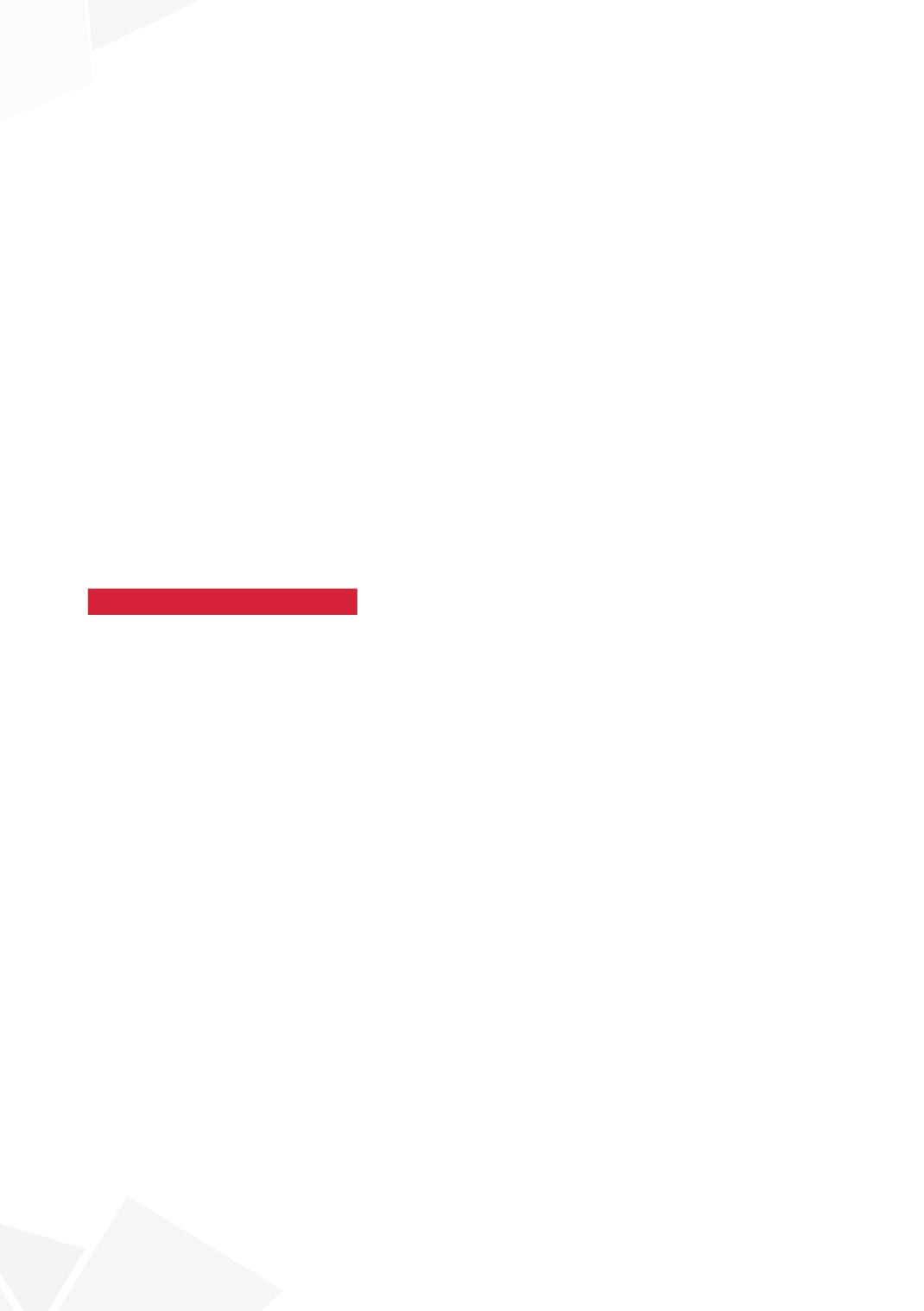

245
19–22 APRIL, 2017, BARCELONA, SPAIN
MATERIAL AND METHODS
Records were retrospectively reviewed from October 2015 to 2016.Total of 56 renal units (55 pa-
tients) underwent mini PCNL were included in this study. In twenty eight units Mini PCNL was
performed in the supine position and compared with 28 units underwent mini PCNL in prone posi-
tion. Stone size was measured in its largest length. Stone size, single or multiple stones in a unit,
puncture site, operative time, blood transfusion, complication, hospital stay and stone clearance
were compared in the two groups.
RESULTS
There is no significant difference in mean age 7.6 vs 7.4 years( p=0.8), largest length of stone
1.78 vs 1.68 cm (p=0.29) in supine and prone group respectively. Single or multiple stones in each
group (supine 60%/40%, and in prone 57%/43% respectively). Kidney was punctured in all cases
of supine position by subcostal approach and in prone 39.3% supracostal and 60.7% in subcostal
approach. The operative time 114+24.68 vs 110+44.70 (p=0.19) and stone clearance were 71.4%
vs 85.7% ( p=0.6 ) in supine vs vs prone respectively. The mean hospital stay was more in prone
3+/-2.2 as compared to supine 2.1+/-0.44 days. There is no difference in post operatively complica-
tion(14.3%) in both groups The post operative fever was 10.7% vs 7.14% in supine and prone group
respectively, one patient (3.5%) required chest intubation in prone group. Blood transfusion was
required in three patient (10.7%) in prone patient as compared to supine 3.5%.
CONCLUSIONS
Our initial results have shown that supine and prone mini PCNL have comparable outcome in this
selected group of patients. However larger studies are required.
S22-11 (P without presentation)
EXTRACORPOREAL SHOCK-WAVE LITHOTRIPSY WITHOUT
URETERAL PRE-STENTING FOR THE TREATMENT
OF STAGHORN CALCULI IN CHILDREN
Laura FERNÁNDEZ GARCÍA
1
, Anna BUJONS TUR
2
, Jorge CAFFARATTI SFULCINI
2
and Humberto VILLAVICENCIO MAVRIC
3
1) Hospital Universitario Central de Asturias, Pediatric Surgery, Oviedo, SPAIN - 2) Fundación Puigvert, Pediatric
Urology, Barcelona, SPAIN - 3) Fundación Puigvert, Urology, Barcelona, SPAIN
PURPOSE
To evaluate the efficacy of monotherapy with extracorporeal shock-wave lithotripsy for staghorn and
partial staghorn calculi in children without previous ureteral stent placement.
MATERIAL AND METHODS
Retrospective and descriptive study of 44 patients (23 boys and 21 girls) with staghorn or partial
staghorn calculi under 10 years and a mean age of 3.8 years treated with ESWL and managed in
our department between 2003 and 2014. Complete staghorn calculi were presented in 14 patients
and partial staghorn stones in 20 of them. Two patients presented bilateral staghorn calculi. The
mean size of the calculi was 2.8 cm (R 2.3-3.5). Pre-ESWL ureteral stent placement was not done
in any case.
RESULTS
A total of 92 extracorporeal shock-wave lithotripsy sessions were made to our patients. The mean
of sessions required to treat satisfactorily each calculus was 1.77.
Most common stone composition was apatite (47.7%) followed closely by struvite (34.1%). 54.5%
of patients had positive urine culture for Proteus.
Stone free rate was achieved in 74%.









